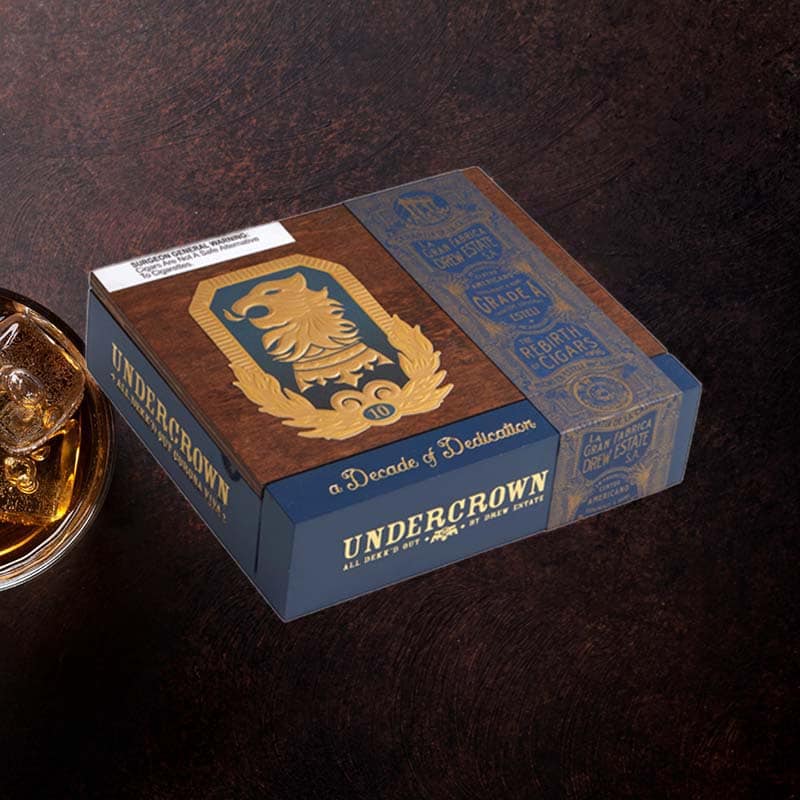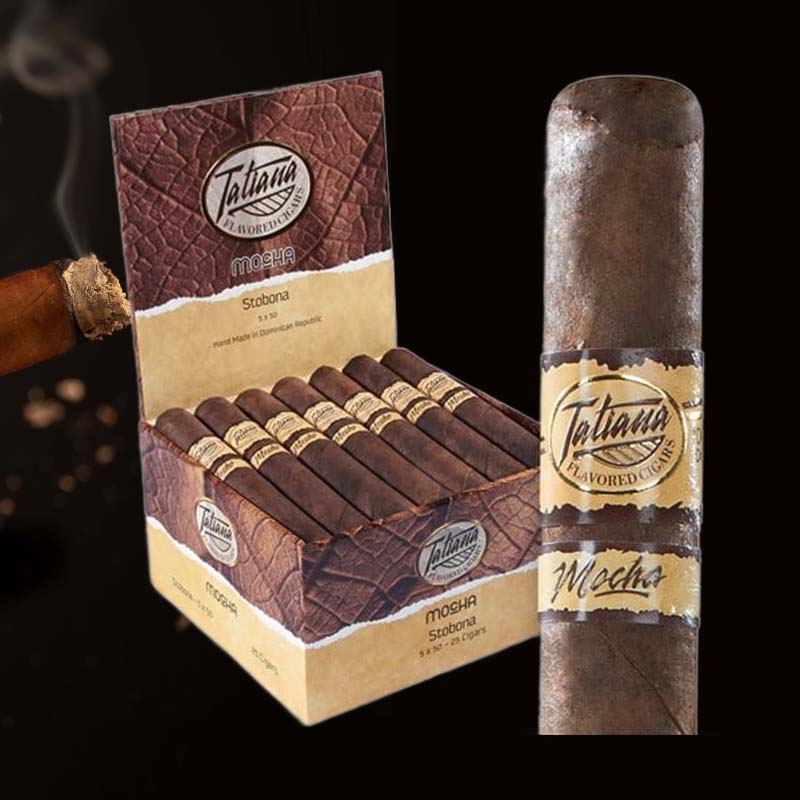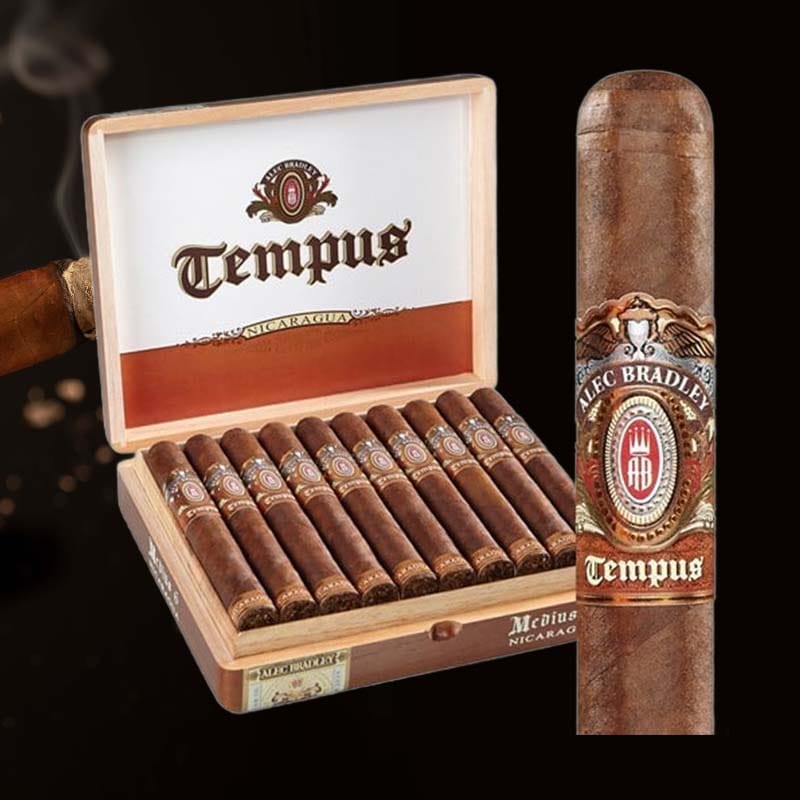Calibrating a food thermometer
Today we talk about Calibrating a food thermometer.
As someone passionate about cooking, I can’t stress enough how essential it is to have an accurate food thermometer. According to the USDA, undercooked meat can contain harmful bacteria like Salmonella, which infects about 1.35 million people in the U.S. each year. A properly calibrated food thermometer can help prevent these foodborne illnesses, ensuring that every meal I prepare is both delicious and safe.
Test Your Thermometer’s Accuracy
How to Verify Accuracy
The first step I always take is to verify my thermometer’s accuracy. Here’s a specific method I follow:
- **Ice Water Method**: I fill a glass with ice and water, let it sit for a few minutes, and then insert my thermometer. It should read 32°F (0°C).
- **Boiling Water Method**: I boil water and check that my thermometer reads 212°F (100°C) at sea level. If I’m at a higher altitude, I adjust this value for the specific altitude, as water boils at a lower temperature.
- **Comparison Method**: Lastly, I compare readings against a known accurate thermometer. This triple-check approach ensures I’m confident about my measurements.
The Importance of Thermometer Accuracy

Why Accurate Measurements Matter
Accurate measurements are crucial for effective cooking. For instance, cooking chicken to a minimum internal temperature of 165°F (74°C) can reduce the risk of foodborne illness significantly. I’ve found that consistently measuring correctly not only ensures safety but also enhances the flavor and texture of dishes.
When to Calibrate Your Food Thermometer

Frequency of Calibration
I calibrate my thermometer at least every month. However, I’m careful to recalibrate if I’ve dropped it or after long periods of storage. Like many cooking enthusiasts, I rely on my thermometer when preparing critical dishes, and regular checks assure accurate results.
Calibration Methods

Boiling Point Method
When I use the boiling point method, I keep in mind that the thermometer should read 212°F (100°C). At sea level, if it reads higher, I know my thermometer needs adjusting.
Freezing Point Method
For the freezing point method, I expect my thermometer to show 32°F (0°C) in ice water. Since water expands when frozen, it helps to ensure the thermometer is precise.
Adjusting Calibration on Different Thermometers
How to Adjust Bimetal Thermometers
To adjust a bimetal thermometer, I begin by loosening the nut at the base, then calibrating to ensure it reads accurately at the boiling point or freezing point, depending on my previous test.
How to Adjust Digital Thermometers
Adjusting digital thermometers is equally important. I refer to the user manual, which often includes recalibration instructions. Typically, I press a calibration button to adjust the reading after testing.
Testing Thermometer Accuracy Post-Calibration

The Hot Water Test
After calibrating, I use the hot water test. I check if the thermometer confirms 212°F (100°C) in boiling water. This verification step ensures readiness for use in my cooking endeavors.
The Ice Water Test
I also employ the ice water test to affirm accuracy at 32°F (0°C). It’s a quick way to confirm that my thermometer is reliable for any cooking task.
Common Calibration Mistakes to Avoid
Tips for Accurate Calibration
Over the years, I’ve learned to avoid common calibration mistakes. Here are some tips that have proven beneficial in my culinary journey:
- **Allow Stabilization**: Always let the thermometer stabilize in the substance before taking a reading.
- **Read Manufacturer Guidelines**: Each thermometer can differ slightly in its calibration methods, so it’s crucial to check the manual.
- **Avoid Quick, Inaccurate Tests**: Never skip the critical accuracy tests after calibration, as this can lead to disastrous cooking outcomes.
Maintaining Your Food Thermometer

Best Practices for Care
I maintain my food thermometer by cleaning it after each use with hot, soapy water and storing it in a protective case. Regular maintenance helps prolong its lifespan and ensures accurate readings.
Conclusion and Key Takeaways

Recap of Calibration Steps
In summary, calibrating a food thermometer involves checking accuracy, employing methods like the boiling and freezing points, and verifying after adjustments. This process is vital for anyone serious about cooking.
What to Do if Your Food Thermometer Is Wrong

Identifying and Correcting Errors
If I find my thermometer reads incorrectly, the first step is to recalibrate it immediately. I then run the boiling and freezing tests again to confirm it’s working as expected.
Uses for Your Food Thermometer and Temperatures to Know
Essential Cooking Temperatures
Some essential cooking temperatures I always remember include:
- **Poultry**: 165°F (74°C)
- **Ground meats**: 160°F (71°C)
- **Steaks/Chops**: 145°F (63°C)
- **Fish**: 145°F (63°C)
These numbers are crucial for both safe and successful cooking, ensuring that I deliver perfectly prepared meals.
How Do You Calibrate a Food Thermometer?

Step-by-Step Calibration Guide
Calibrating a food thermometer involves these steps:
- Prepare your ice and boiling water setup.
- Insert the thermometer and check readings.
- Adjust according to the boiling or freezing method as needed.
The Two Methods for Calibration
Detailed Overview of Calibration Techniques
Utilizing both methods ensures thorough accuracy. If I notice discrepancies in readings from either method, I take immediate action to readjust to avoid cooking mistakes.
Two Things to Do Before Using a Food Thermometer:

Preparation Steps Before Calibration
Before I calibrate, I ensure the thermometer is clean and at room temperature. This preparation step helps produce reliable and accurate calibration results.
FAQ

What is the best way to calibrate a food thermometer?

The best way to calibrate your food thermometer is by using the boiling and freezing methods, ensuring it reads accurately at 212°F (100°C) and 32°F (0°C).
How do I know if my food thermometer is accurate?
I know my food thermometer is accurate if it reads 212°F (100°C) in boiling water and 32°F (0°C) in an ice water bath.
What are the three steps in calibrating a thermometer?

The three steps in calibrating a thermometer are testing accuracy, using calibration methods (boiling or freezing), and adjusting as necessary.
Can you use boiling water to calibrate a thermometer?
Yes, using boiling water is an effective method for calibrating a thermometer, helping ensure it reads 212°F (100°C) accurately.





